The Kimera Automobili EVO37, an Impressive Restomodded Lancia 037
Another week, another restomod, another Italian thoroughbred.
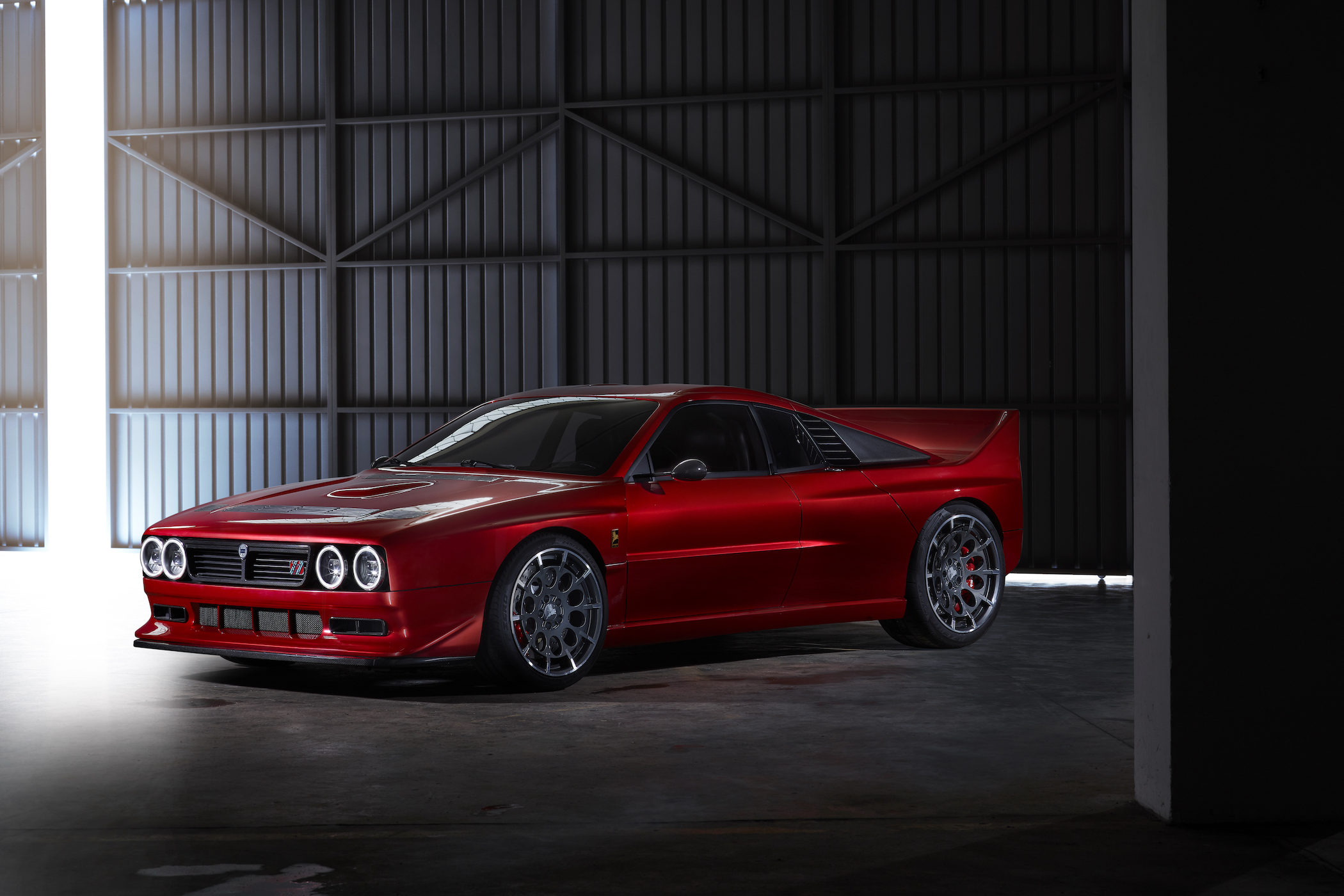
The formula might be getting repetitive, but we never get bored of covering restomods. We’ve featured quite a few by now, and as project cars continue to pop up, I’m sure we’ll feature a few more in the future. Today we have another restomod based on an exciting Italian thoroughbred that was initially never intended to be a road car: the glorious Lancia 037. Looking at rallying history, Lancia was a true pioneer of the sport and secured countless victories. And when it comes to the Lancia 037, it holds a very important spot in the rallying world. Kimera Automobili thought this was the perfect platform for the EVO37 restomod the company has just released, and we couldn’t agree more!
Rallying, especially on the absolute highest levels, simply blows my mind. Seeing ace driver’s blast across all kinds of surfaces at breakneck speeds while still keeping control of the machine they’re piloting always amazes me. There are countless hours of video footage available that show just how crazy rally drivers can get.
And just like any other field of motorsports, the world of rallying has had its fair share of controversy, tragedy, triumph and technical innovation throughout the years. While hugely popular in the 1960s and 1970s, the world rally championship really took off with the introduction of Group B. This new category of rallying was responsible for some of the most awesome and frightful machines. Fire-breathing monsters packing up to 600bhp to shoot across gravel, snow, ice, sand, tarmac and more. And with the sports’ popularity, huge crowds eager to get a glimpse of the rally stars would gather, often stepping out of the way at the very last second possible (and sadly, sometimes too late). I can’t remember who said it, but I once read a quote of a Group B rally driver saying he didn’t see the spectators as people, but rather as “soft trees” to cope with the real risk of hitting someone.
This clip features 15 minutes of pure Group B rally madness with footage of the very real dangers and a tribute to Henri Toivonen, who crashed and died in 1986 at the wheel of a Lancia:
Group B rallying ran from 1983 to 1986 and had very few technological restrictions. Power quickly shot up from about 250bhp under previous regulations to over 600bhp under Group B rules. Couple that with cars weighing less than 1,000 kilograms, and you get a sense of the madness already. The cars would run sub-three-second sprints to 100kph on any terrain, with 200kph done and dusted (literally) in under 10 seconds.
Just a few years before the introduction of Group B rallying, four-wheel drive was legalised by the governing body of the World Rally Championship. While this added significant weight to the cars, and few manufacturers were keen on developing the technology, it was Audi who proved that 4WD was the way to go. It blitzed the competition with the 1980 Audi Quattro. In 1982 entries to the championship were split into three categories: Group N for production cars, Group A for modified road cars and Group B for modified sports cars. The mix of new and very effective technology such as four-wheel drive and the virtually limitless power of an engine could have catapulted Group B into the stratosphere.
Sadly, it would end in tragedy with a series of fatal crashes where not only drivers or co-pilots were killed, but spectators too. Group B was cancelled altogether following a crash that killed Marc Surer’s co-driver Michel Wyder in 1986, with Audi withdrawing from the rally sport entirely a year later.
Lancia and the 037
And how about Lancia? Lancia has always been active in rallying, even as far back as the Fulvia in the 1960s. That was followed by the famous and drop-dead gorgeous Lancia Stratos, the first car to be purely developed for the art of rallying. Its very short wheelbase and transverse rear-mounted engine meant it was designed to be thrown around corners. It would mark the beginning of a new chapter in the sport, and the car proved hugely successful. It was introduced in 1971 at the Turin Motorshow and first competed in the 1974 season. It won 18 World Rally Championship events and won the title in 1974, 1975 and 1976.
With the new Group B regulations on the horizon, it was clear the Stratos would no longer be competitive, so work was started on a replacement car. Work started in 1980, and it would be a collaboration between Lancia, Fiat, Pininfarina, Abart and Dallara. To comply with regulations, a minimum of 200 road cars would have to be built. The car was loosely based on the Lancia Montecarlo, with parts of the centre section shared between the two.

The body was made of lightweight Kevlar and fibreglass, over a steel chassis and a transversely mounted inline 4-cylinder engine with a supercharger (under Group B turbo- or supercharging an engine was legal). The engine produced about 280bhp. Weight was just under 960 kilograms, and strangely, the car was rear-wheel drive only. It seems odd to ignore the rising potential of 4WD technology, but Lancia wasn’t the only competitor to stick to two-wheel drive.
Although the Lancia 037 was fast, winning five stages in the 1983 World Rally Championship, the opposition of the Audi’s proved very strong. At the end of the season, while Audi managed to win the driver’s championship, the Lancia was crowned as the constructor’s champion. Lancia continued to race the 037 for three more years but never repeated the success of the 1983 season. As a result, the Lancia 027 remains the last 2WD car to win a title at the highest level of rallying.
Petrolicious made a glorious video of the Lancia 037 Stradale, one of about 200 road legal variants.
The Kimera Automobili EVO37
And now there’s a modern-day inspiration of that legendary rally car, the Kimera Automobili EVO37. Released as a road car, there’s no denying this car’s history. It is an exact copy of the shape of the Lancia 037 but brought up to modern standards with a few touches. What remains is the gorgeous shape of the small coupé rally car that once blasted across rally stages, but you can already tell this has been modernised more than superficially.
Kimera aimed to retain the essence of the 1980s rally icon and evolve it into something for today without diminishing the heritage. Sounds like something out of a press release for every other restomod really, as this is the general idea. Take something old, update it to today’s standard without too much butchering, and sell it for a big stash of cash. But, in all honesty, this is a tad bit extra special. Not only is it a stunningly gorgeous car that is eerily similar to the original, the people behind the project include former Lancia employees who worked on the actual original! One of those people is Miki Biasion, who drove the 037 and Delta Integrale’s for Lancia, winning two championships with the latter.
If you look at other parties involved in the project, Kimera Automobili is not messing around. The best of the best is only good enough for the EVO37. Sparco and Pirelli (don’t tell Max Verstappen!), Brembo and others have supplied parts and technology. As part of the extensive “overhaul”, the standard 2 litre 4-cylinder engine, using the same block as the original car, is increased to 2.1 litres and is turbocharged. The result is 500bhp in a car that weighs around 1,000 kilograms. Performance should be exhilarating, at least, provided you know your way around with such power-to-weight machines. The engine is again developed by Claudio Lombardi, a former Lancia man. He also worked on Ferrari Formula 1 engines, so he knows his stuff.
Like the original, the central monocoque chassis comes from a Lancia Montecarlo but obviously has been brought up to par to accommodate the new power and speed. The body is no longer a mix of kevlar and fibreglass but carbon fibre all around. The car is slightly larger, but the proportions remain in check. This means the small power bulge is there, along with the double-bubble roof and that impressive yet fitting rear wing. A newly designed set of alloys resembles the old ones but is fitted with modern tyres and brakes. You really do get the best of both worlds, it seems.
Of course, suspension and interior have been updated as well, which can be customised for each client. Only 37 of these cars will be built, obviously hinting at the number designation of the original. And while the price of EUR 480,000 will likely scare most of us, getting your hands on an original would need a budget of at least twice the amount (a development prototype is for sale at RM Sotheby’s in June 2021). So, in essence, it’s a bargain!
More information is provided by TopGear.com, Motor1.com and AutoExpress.co.uk. Of course, more imagery and details are available through Kimera Automobili.


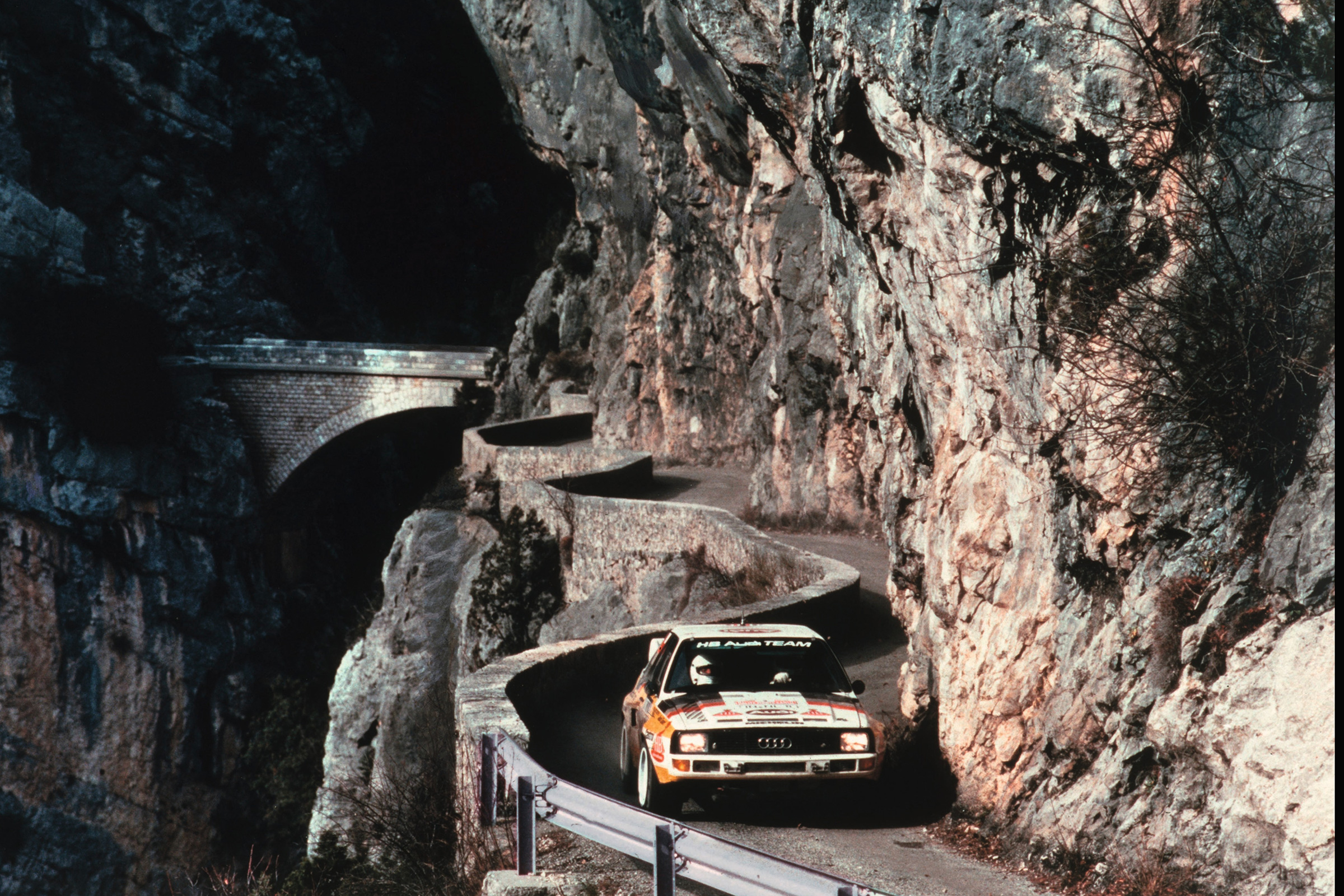
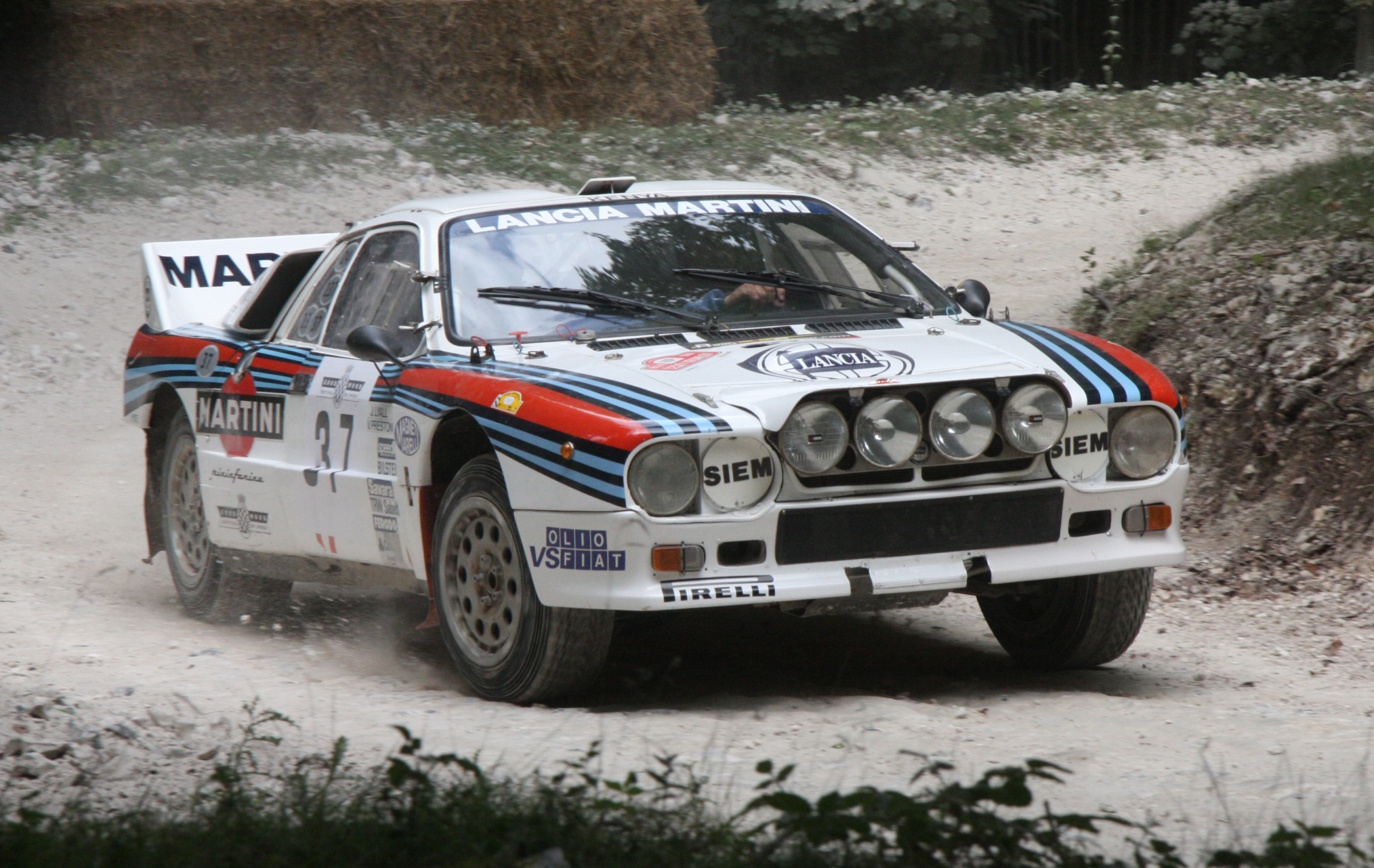
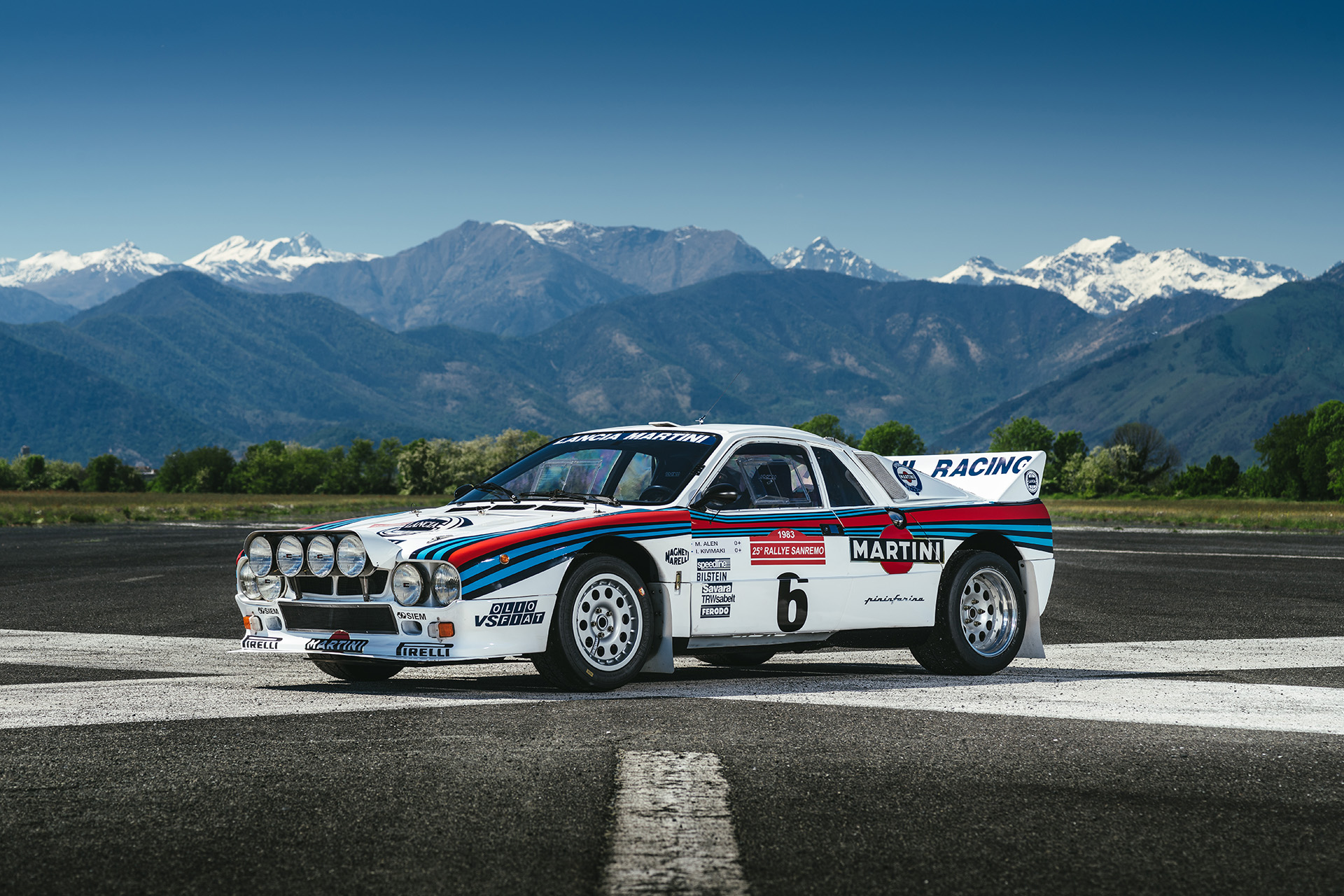
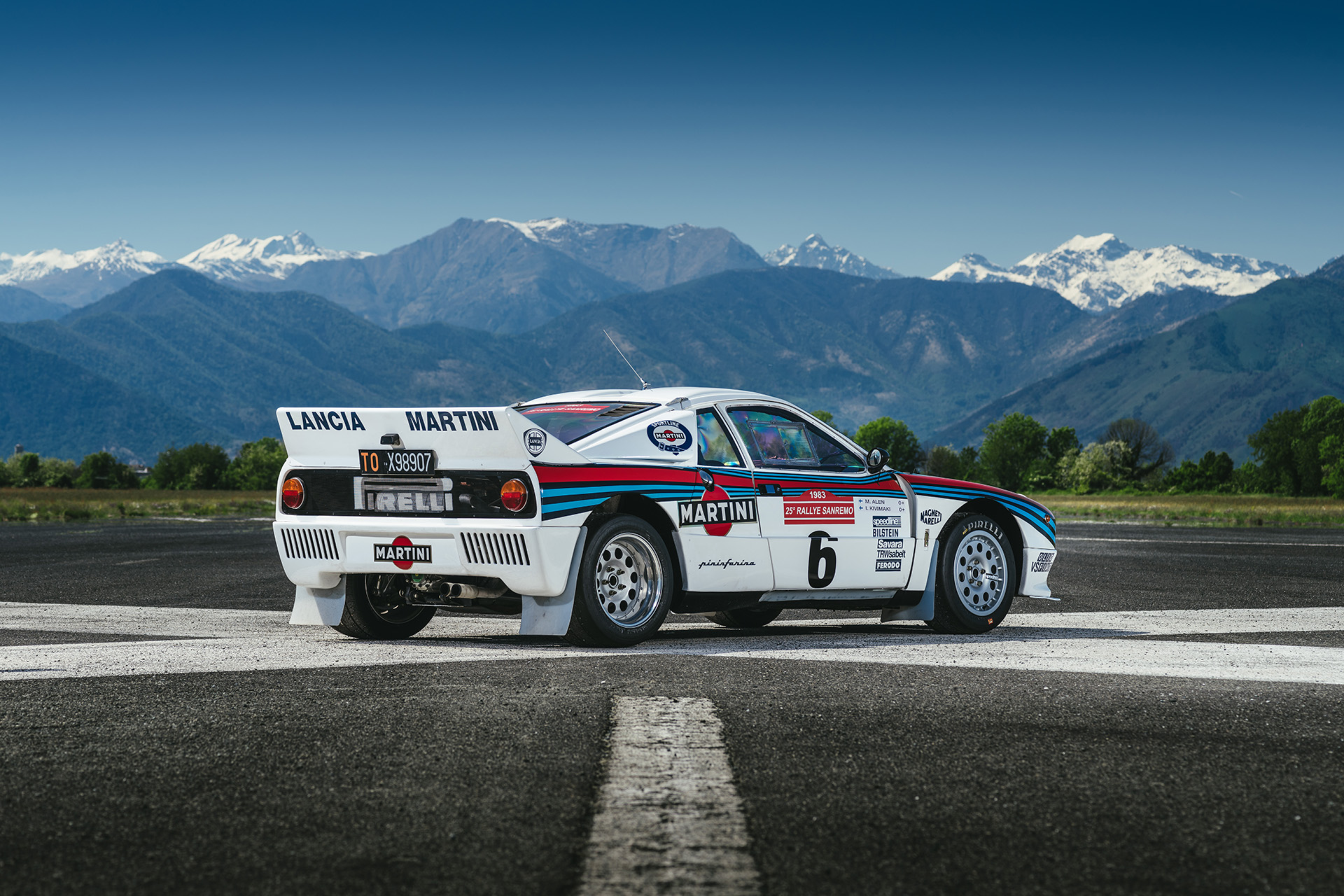

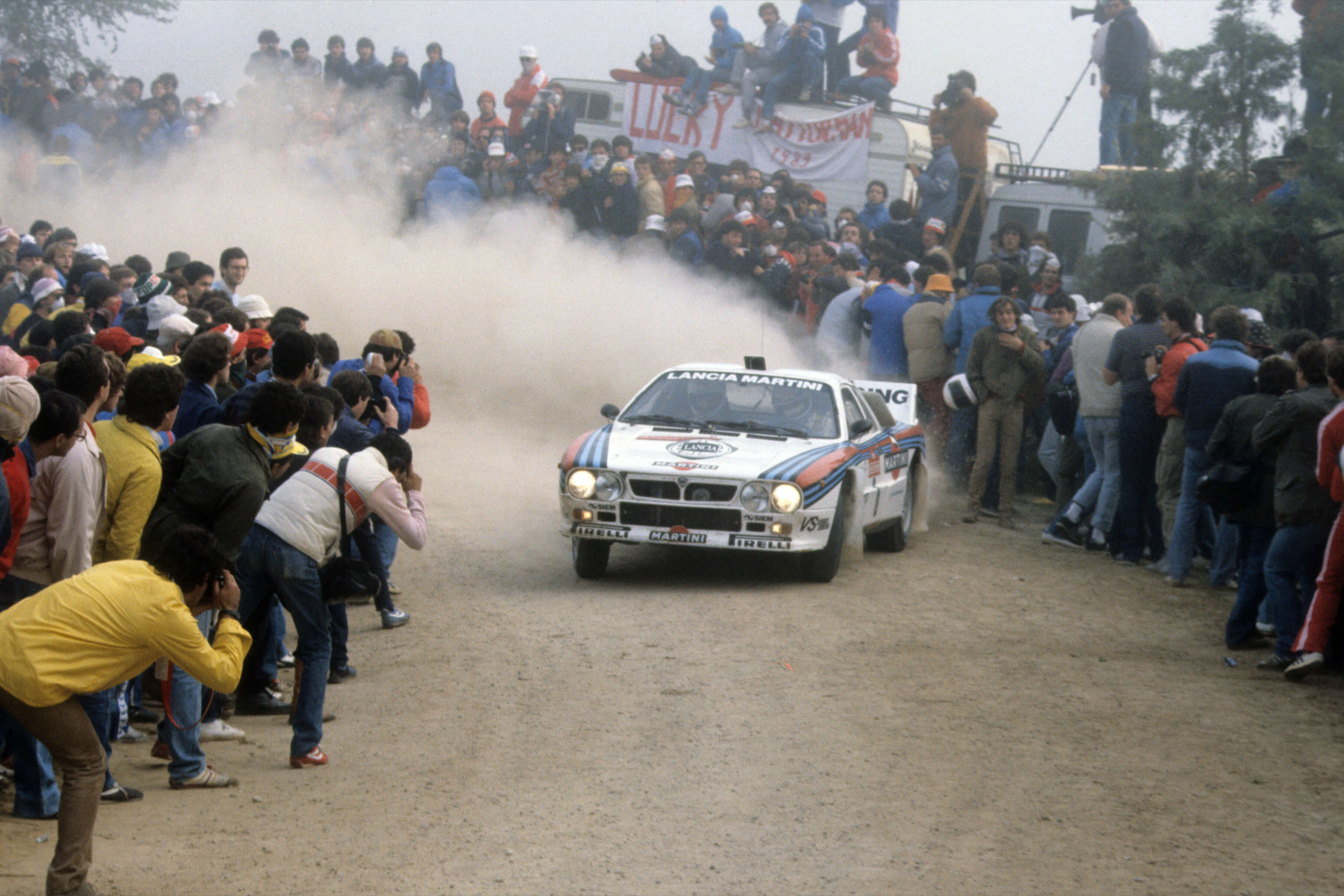
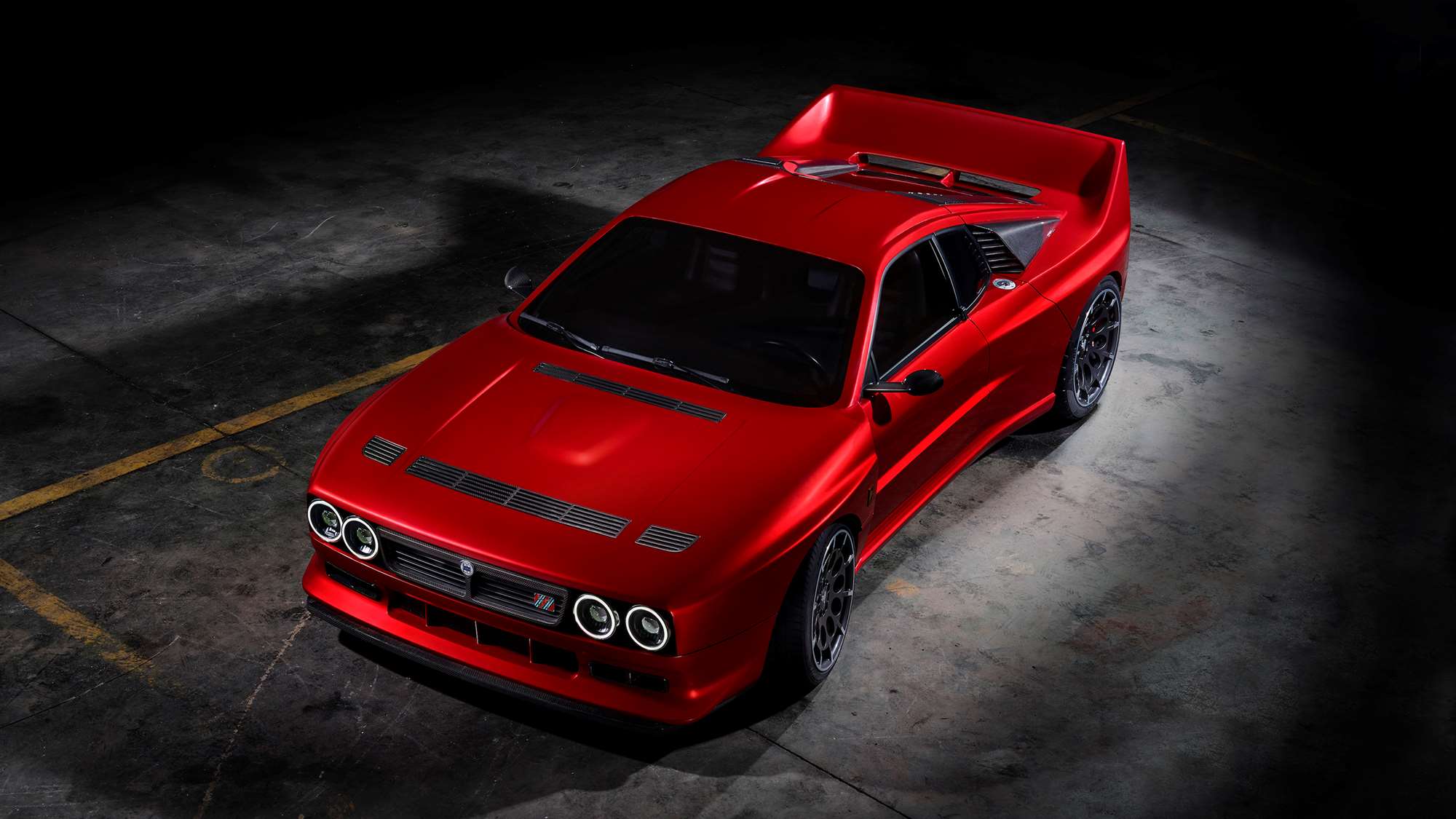
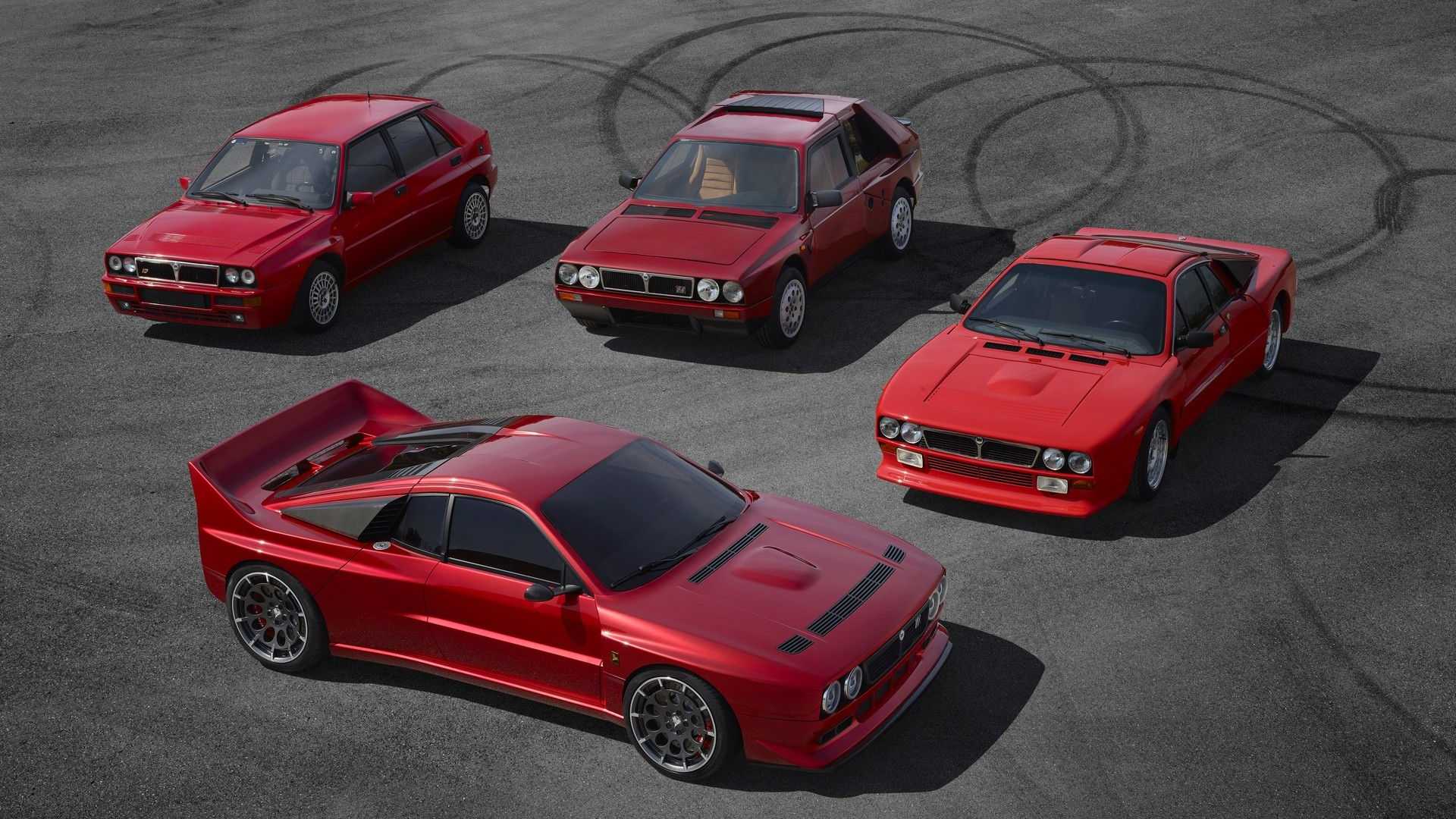
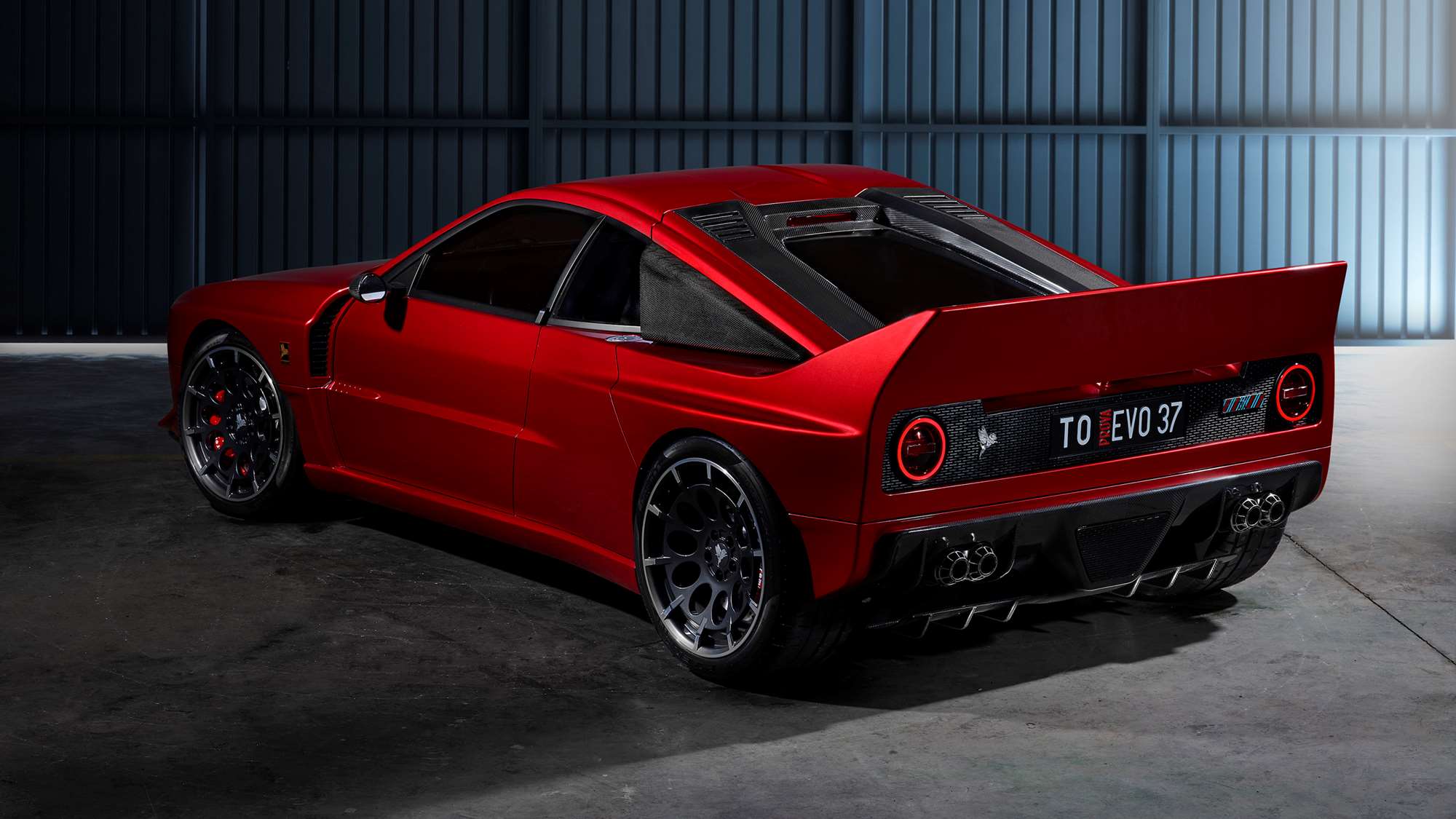
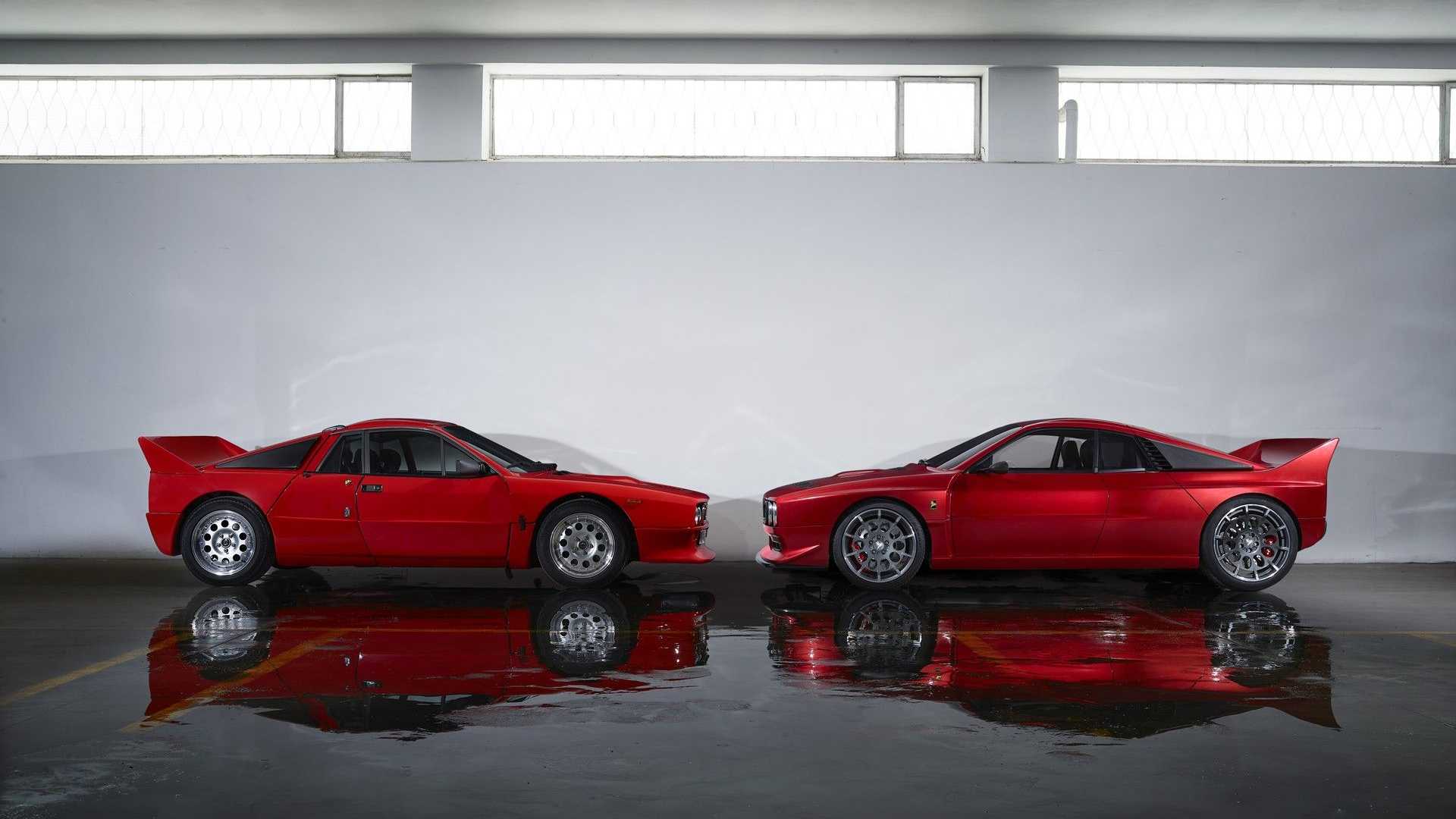
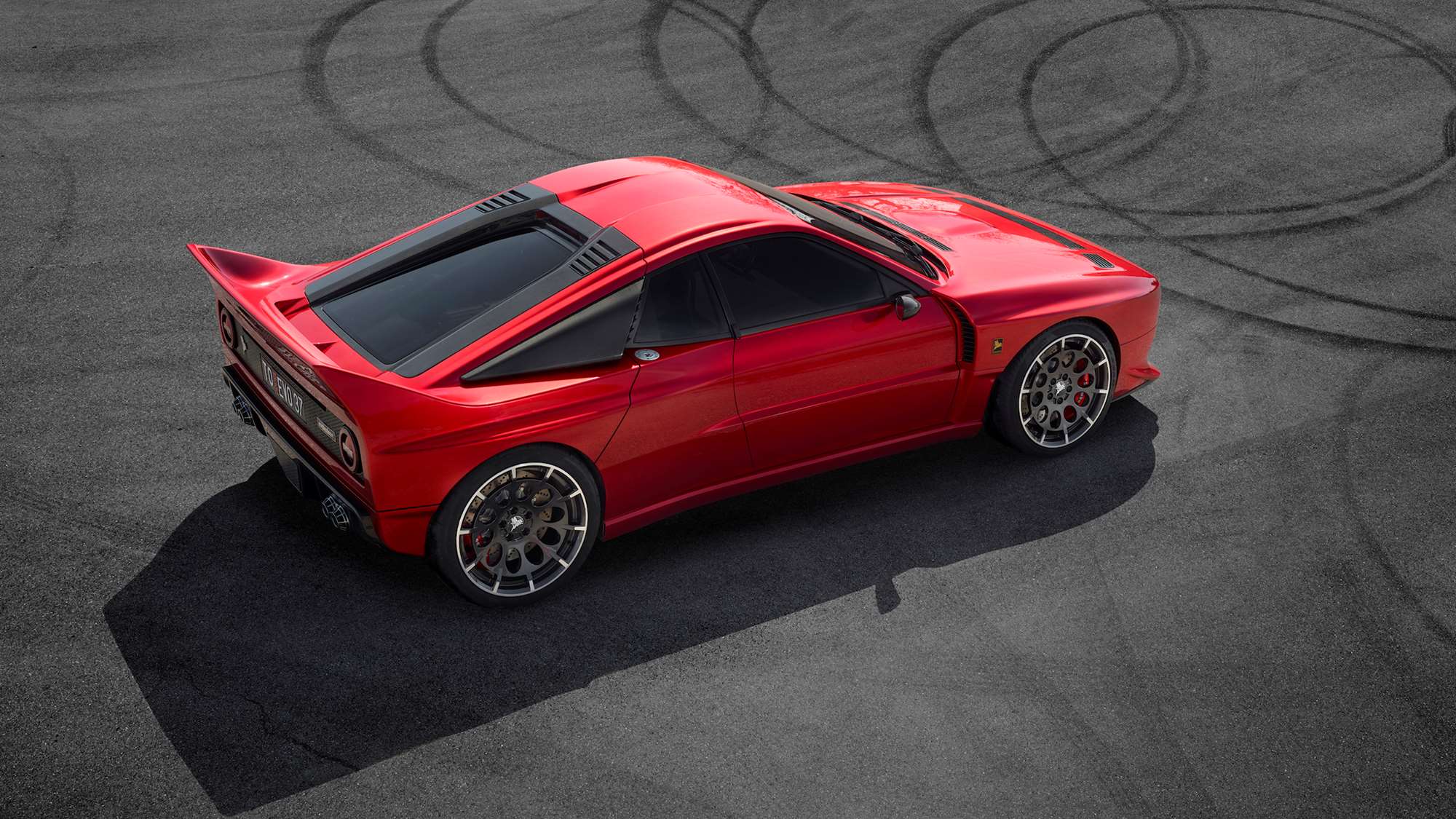
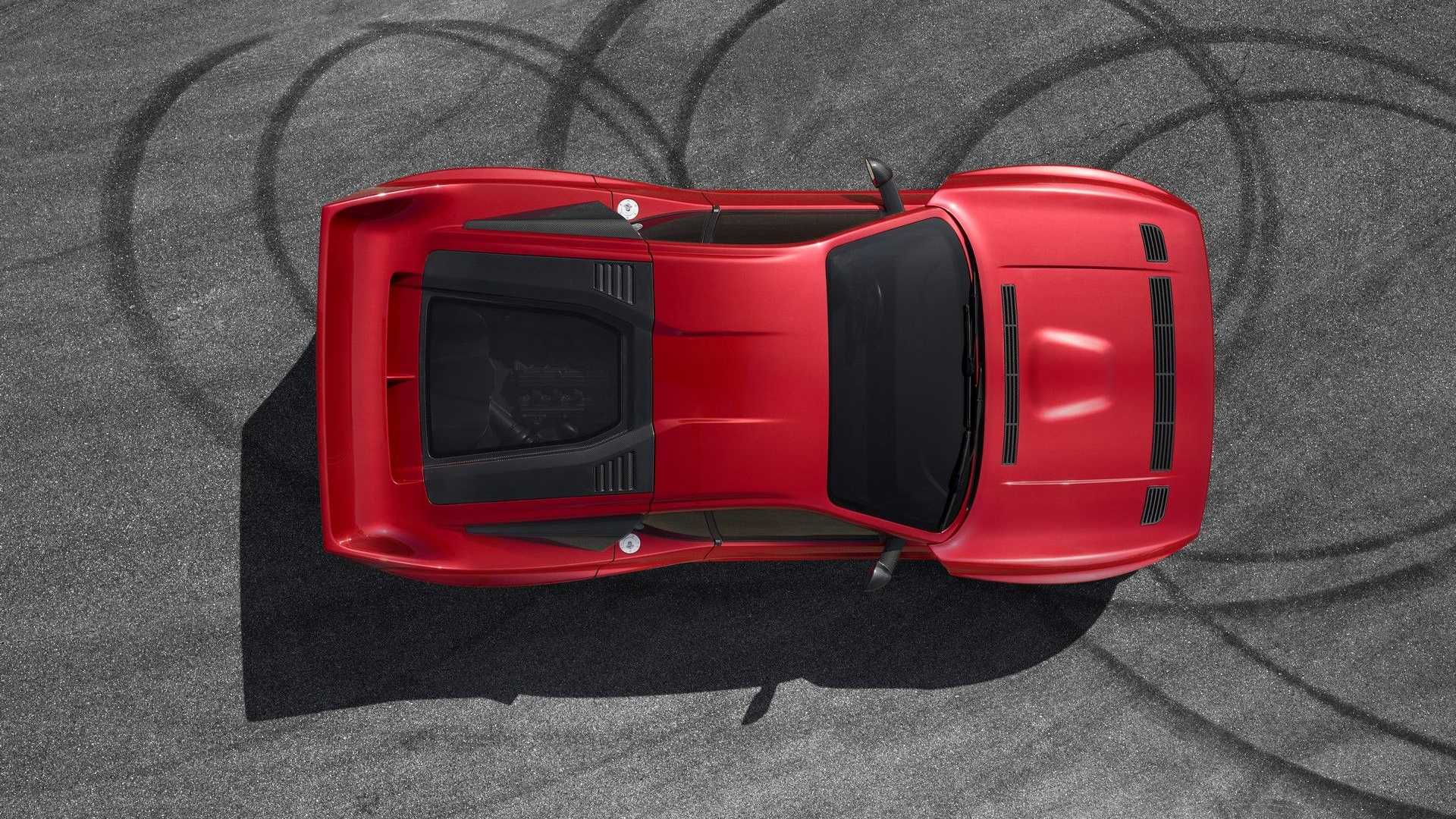



1 response
Enjoyed his love of this “tool” , he is very nostalgic and romantic but not the fake every 911 guy who only bought one to be invested or in a group but an honest passion for his car . Have a great weekend where ever you are groups b man !